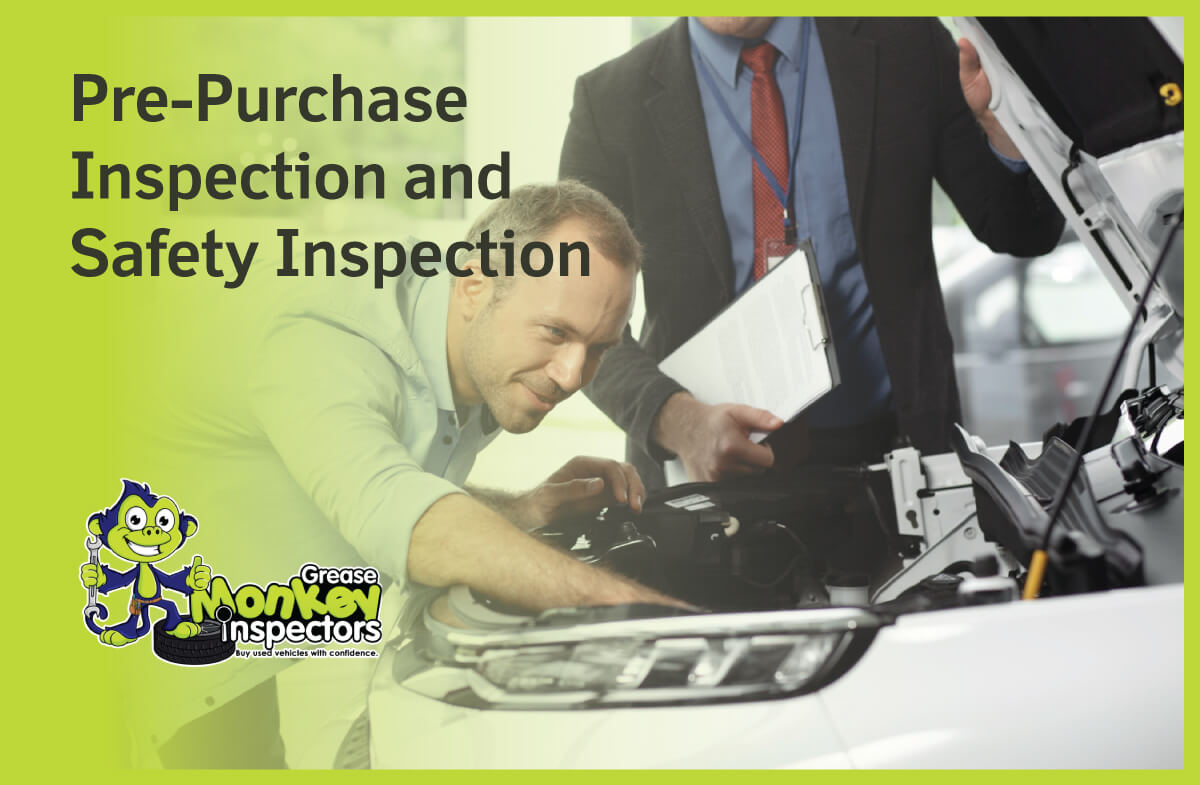A vehicle safety inspection is what?
Depending on the state you’re in, there are different requirements, but generally speaking, a vehicle safety inspection is a government check to make sure cars are safe for the road. Always be sure to educate yourself with your state’s vehicle inspection requirements as some jurisdictions require this check every year while others only demand it before the sale of a vehicle. To determine whether your car complies with the most recent EPA emissions rules, many states also conduct an emissions test along with every inspection.
What is a pre-purchase examination for cars?
A licensed mechanic or auto technician will conduct a complete check of the car to evaluate its mechanical, cosmetic, and safety conditions. The technician will identify any conditions that already exist, point out prospective problems that might develop later, and conduct an investigation to ensure that any prior damage has been appropriately fixed. By becoming more knowledgeable about what’s going on inside, you can determine that this isn’t the vehicle for you, come to the conclusion that it’s not a good buy, or find out information that you can use to your advantage when negotiating the price.
What is considered in pre-purchase inspection?
An extensive pre-purchase inspection is required. A qualified mechanic should perform a comprehensive inspection of the car. It consists of,
- Driving test
- Observer checks
- Monitoring of computer system readiness
- Bulb and dash warning light
- System audits
- Charger and battery
- Electrical\exhaust
- Both outside and inside lighting
- HVAC
- Ignition
- Cooling and radiator
- Checking mechanisms
- Steering mechanism
- Components for suspension
- Belts and hoses
- Checking for fluid leaks
- Routine inspections
- Brakes and tires
- Windshield wipers and washers, and glass
- Fluid conditions and levels
What is important for safety inspection?
While there may be some overlap, not all of the items that are evaluated during a safety inspection and a pre-purchase inspection will be the same. During conducting a safety inspection, the inspector will pay closer attention to the vehicle’s components that have an impact on its roadworthiness. The following is just one example of those things
- Tires and wheels
- Back and front lights
- Side windows, as well as the front and rear windscreens
- Braking mechanisms
- Systems for suspension and steering
- Seat belts and seats
- Overall structure
- Added security measures
The vehicle ought to pass the safety inspection assuming that all of these components are in excellent working order, together with any additional components that the regional government may demand. The car will be given a certificate stating that it is street-legal and roadworthy.
Conclusion
Finally, while considering a vehicle investment, it is critical to prioritize pre-purchase and safety inspections. These thorough evaluations not only provide peace of mind but also protect against potential hazards and unexpected expenses in the future. By taking proactive steps to maintain your car’s dependability and safety, you are making a wise decision for yourself your loved ones and others on the road.
Don’t assume that a safety inspection, even if it’s legally required in you province, will catch every issue. Safety inspections cover basic road-worthiness, but they don’t look at things like whether the air conditioning is busted when the current owner says it’s working, for example. View inspection reports provided by sellers with a healthy dose of skepticism.
Are you ready to take the next step toward owning a safe and dependable vehicle? Visit our shop to schedule your pre-purchase inspection today.

